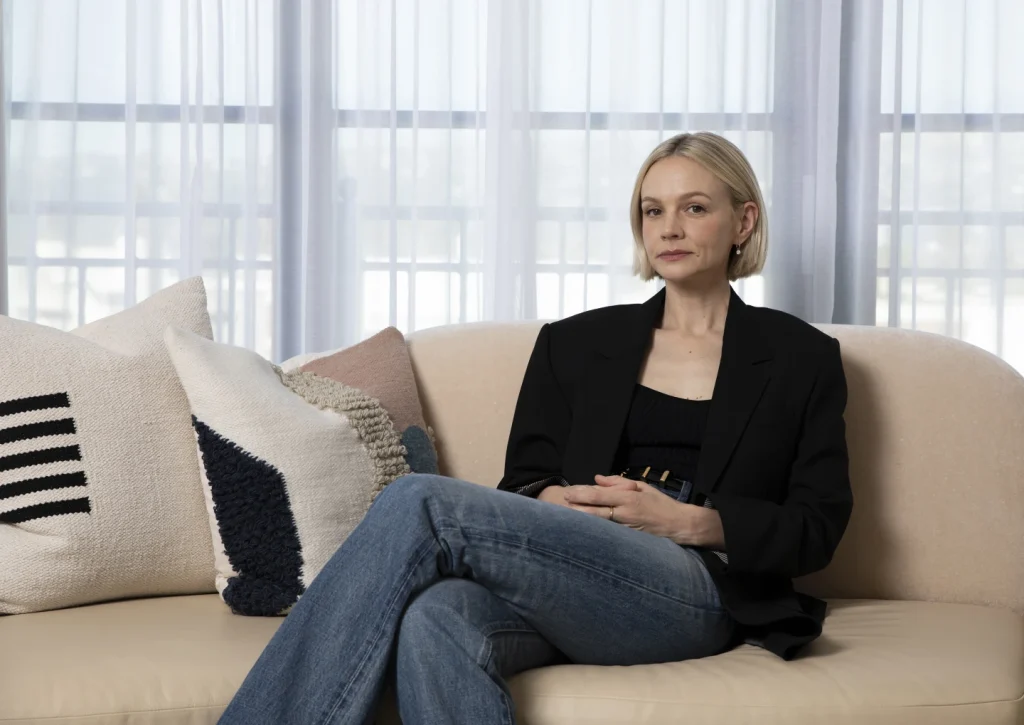Carey Mulligan is a name that is synonymous with talent and versatility in the world of acting. With two Oscar nominations, a Tony nod, and an enviable list of films and roles, she has carved a niche for herself in the industry.
However, in a recent revelation, she shared that she had been holding back for much of her professional career.
This admission might come as a surprise to many, given the sheer number of accolades and recognition that Mulligan has received over the years.
But as she herself explains, she preferred to follow the old-school approach of acting, famously espoused by Laurence Olivier, who once said, “why don’t you just try acting?”
However, in the past few years, Mulligan’s approach to her craft has undergone a significant transformation.
And this change can be attributed, in no small part, to her work on the film “Maestro,” where she played the role of Felicia Montealegre, the elegant actor and wife of Leonard Bernstein.
As Mulligan explains, “Maestro” was an all-encompassing project that pushed her out of her comfort zone.
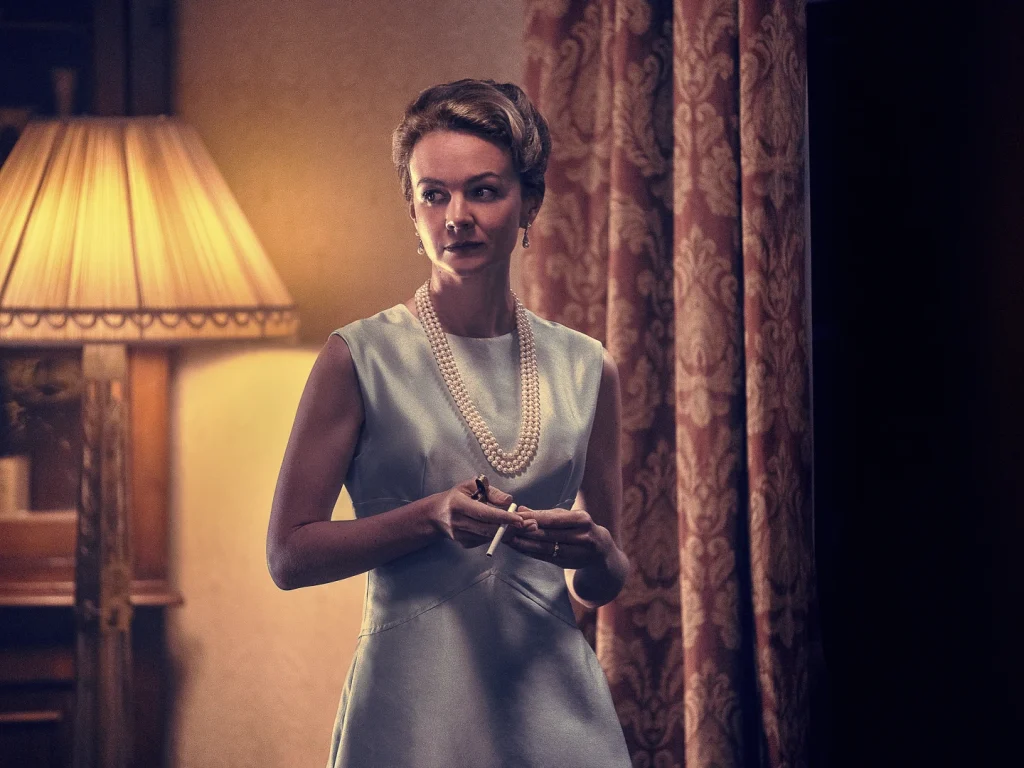
It challenged her to explore new dimensions of her acting abilities, and it proved to be a transformative experience for her understanding of herself as an actor.
The film “Promising Young Woman,” where Mulligan played the lead role, was another project that helped her grow as an actor. Both films required her to delve deep into the characters she played, and to bring out their complexities and nuances on screen.
Mulligan’s journey to becoming Montealegre was not an easy one. She had to immerse herself in the character’s life and personality, and to understand the nuances of her relationship with Leonard Bernstein.
Mulligan spent months researching and preparing for the role, and she credits the film’s director, Bradley Cooper, for helping her bring out the best in her performance.
In an interview with The Associated Press, Mulligan spoke about the people who helped her along the way, including Cooper, who she describes as a “brilliant director” and a “fantastic collaborator.”
She also spoke about the support she received from her fellow actors and crew members, who helped her bring the character of Montealegre to life.
Mulligan’s work on “Maestro” is likely to earn her another Oscar nomination and possibly her first win. But for her, the recognition is not the most important thing.
What matters most is the journey she has taken as an actor, and the growth she has experienced along the way.
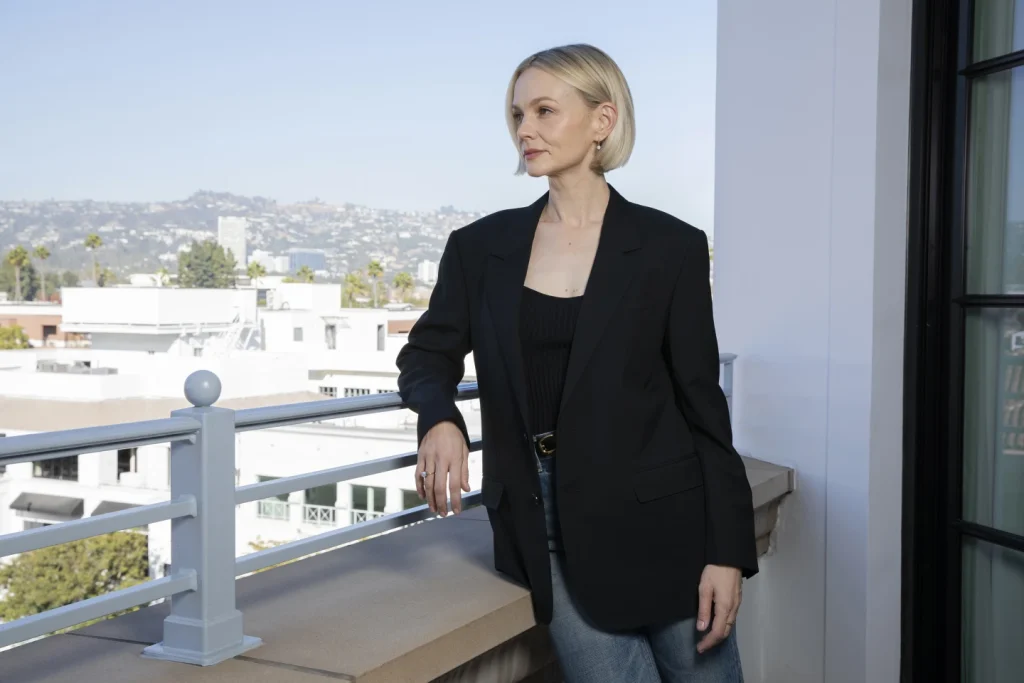
In conclusion, Carey Mulligan’s recent admission that she had been holding back for much of her professional career is a testament to her humility and dedication to her craft.
Her work on “Maestro” and “Promising Young Woman” has helped her grow as an actor, and has given her the confidence to push her boundaries and explore new dimensions of her abilities.
Mulligan’s journey is a reminder that true success lies not in the recognition we receive, but in the growth and transformation we experience along the way.
In the realm of artistic expression, the interplay between different forms of creativity often yields intriguing narratives.
Such is the case with the captivating tale of Felicia, a painter, and Mulligan, an actor, whose artistic endeavors intertwine in unexpected ways.
This essay explores the multifaceted artistry of Felicia and Mulligan, delving into their experiences with painting, acting, and the transformative nature of embodying various ages on screen.
The narrative unfolds with Felicia’s passion for painting, a craft that becomes intertwined with Mulligan’s journey as an actor.
While the scenes of Felicia painting did not make it into the final cut of the movie, her artworks found their place within the film’s backdrop, subtly enriching the visual tapestry.
Mulligan’s lighthearted acknowledgment of the paintings being “dotted around the set” underscores the unassuming yet impactful presence of Felicia’s artistic creations within the film’s universe.
The intersection of art and life becomes further pronounced as Mulligan embodies the character of Felicia, spanning decades from her youthful encounter with Bernstein to her later years.
The intricate process of aging transformation through makeup and costume design becomes a pivotal aspect of Mulligan’s portrayal, offering a glimpse into the artistry of visual storytelling.
Mulligan’s reflection on the experience of portraying an older version of Felicia reveals the profound impact of makeup and costuming, evoking a sense of introspection and contemplation on the passage of time and mortality.
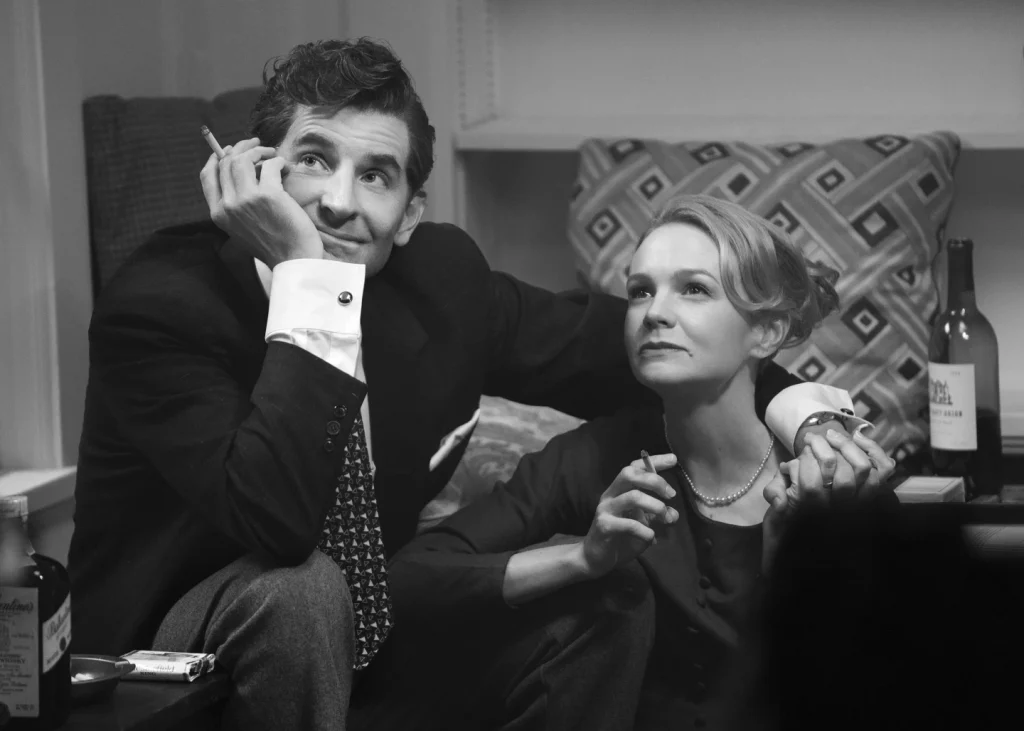
The anecdote of the doctor’s bemusement at Mulligan’s aged appearance, juxtaposed with her actual pregnancy, underscores the remarkable artistry of the makeup and aging effects.
This interplay between perception and reality, facilitated by the art of transformation, adds a layer of depth to Mulligan’s portrayal of Felicia, blurring the lines between fiction and reality.
Moreover, the narrative weaves together the realms of painting and acting, highlighting the symbiotic relationship between these forms of artistic expression.
Felicia’s paintings, though subtly integrated into the film’s backdrop, serve as a testament to the interconnectedness of artistic endeavors.
Mulligan’s foray into painting, prompted by Felicia’s influence, further underscores the permeable boundaries between different artistic disciplines, fostering a sense of creative synergy.
In essence, the narrative of Felicia and Mulligan encapsulates the intricate interplay between painting, acting, and the transformative nature of embodying different ages on screen.
Their artistic journey serves as a testament to the profound impact of art on life and the interconnectedness of creative expression.
Through their experiences, we are reminded of the transcendent power of art to enrich and intertwine the fabric of human experience, transcending boundaries and weaving together diverse forms of creativity.
It is truly disheartening to hear that Carey Mulligan was saddened by the way critics described Felicia Montealegre’s work as “lovely” and patronizing.
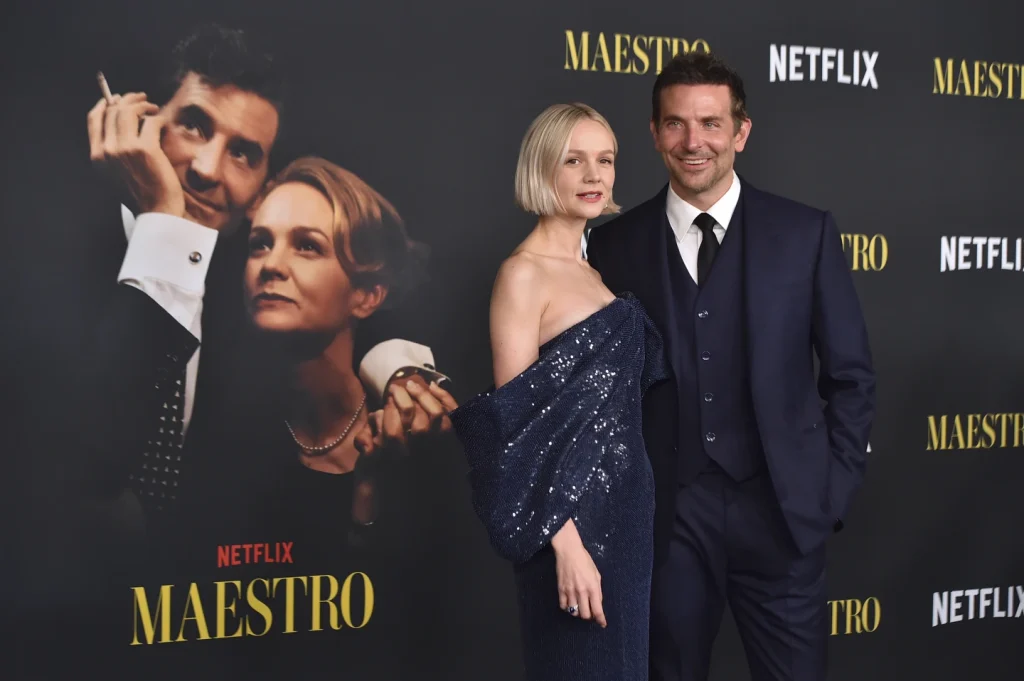
It is evident that Mulligan was deeply affected by the mediocre reviews, especially considering Montealegre’s marriage to Leonard Bernstein, a man revered as being “touched by God.”
Mulligan’s empathy towards Montealegre’s struggle to fully commit to her craft is palpable, and it is clear that she sees a reflection of her own fears and insecurities in the character.
Mulligan’s insight into Montealegre’s discomfort with the Actors Studio and her reluctance to fully embrace her talents is thought-provoking.
It is evident that Mulligan’s portrayal of Montealegre in “Maestro” provided her with the opportunity to explore and understand the character’s internal struggles.
The idea that Montealegre, like Mulligan, was hesitant to fully commit to her craft due to fear of failure is a poignant observation.
It is commendable to see Mulligan’s dedication to fully embodying the complexities of Montealegre’s character and her willingness to delve into the emotional and psychological depths of the role.
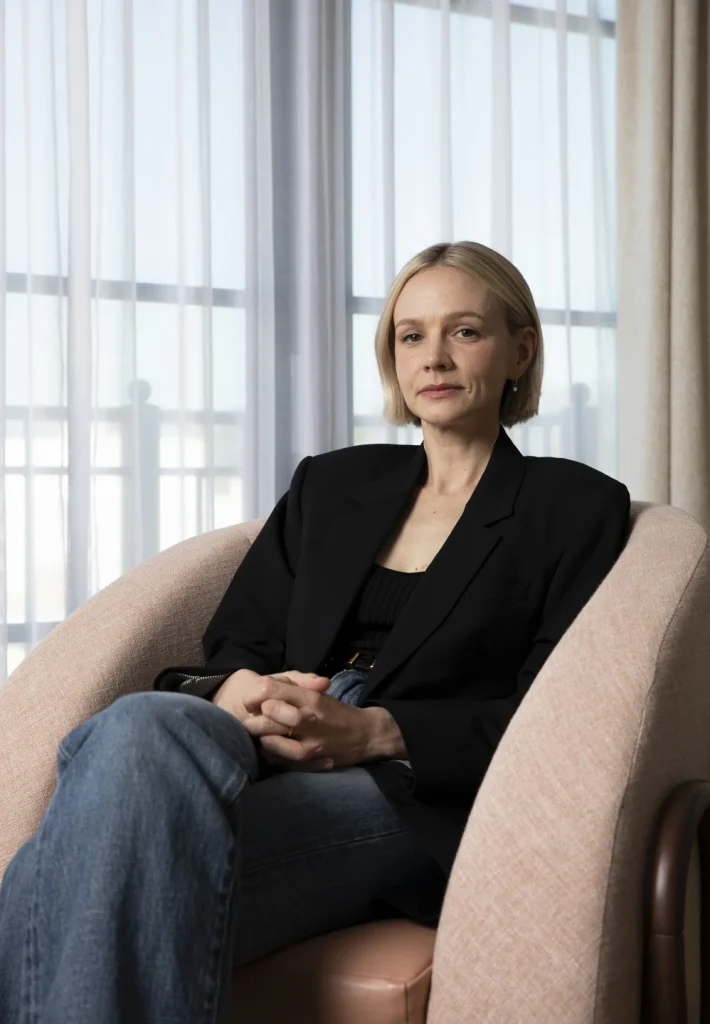
It is clear that Mulligan’s portrayal of Montealegre in “Maestro” is a testament to her talent and her ability to empathize with the struggles of her character.
This insight into Mulligan’s process and her deep connection to the character of Felicia Montealegre adds a new layer of depth to her performance and showcases her versatility as an actress.
